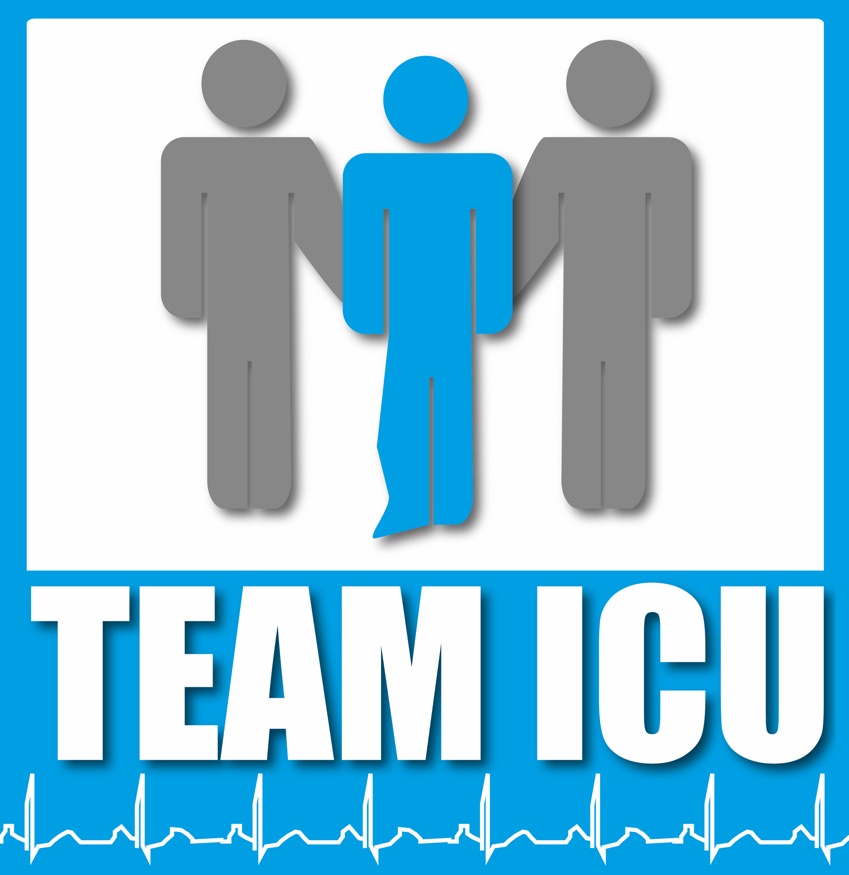Background
Invasive mechanical ventilation (IMV) is a life-saving intervention, however patients receiving this intervention are typically confined to bed with no active exercise. This immobilisation contributes substantially to the development of muscle weakness and wasting, which are associated with increased hospital length of stay, increased mortality after hospital discharge, and poor long-term functional recovery.
Aim
The aim of this study is to evaluate the effect of early activity and mobilisation during prolonged IMV on the composite outcome “days alive and out of hospital to day 180”. The effect of the intervention on mortality, health status, physical function, and cognitive function at day180, as well as the cost-effectiveness of the intervention, will also be evaluated.
Study Design
A multicentre, assessor-blinded, randomised, controlled, parallel-group, phase III clinical trial involving 750 critically ill adult patients meeting all of the inclusion criteria and none of the exclusion criteria.
Methods
Eligible patients will be allocated to either standard care or intervention group in a 1:1 ratio. Delivery of the intervention according TEAM Intervention protocol will commence immediately after randomisation (on day 1) and will be administered 7days a week for the first 28 days from randomisation from the index ICU hospitalisation, with data censored at day 180 after randomisation. The control group will receive standard care from physiotherapy staff not involved in delivering the intervention, whenever feasible. Site will re-establish contact with the patient after ICU discharge at 4 to 6 weeks prior to day 180 assessment to obtain ongoing consent from the patient and verify patient contact details for day 180 assessment. The patient reported outcome measures, including EQ-5D-5L, WHODAS, ADL and IADL, MOCA-blind, HADS and IES-R will be administered centrally by trained assessor via telephone at day 180 following randomisation.
Inclusion Criteria:
- Aged 18 years or older
- Intubated and expected to remain invasively mechanically ventilated the day after tomorrow
- Sufficient cardiovascular stability to make mobilisation potentially possible, as indicated by:
- the absence of current brady-arrhythmia requiring pharmacological support
- a current ventricular rate ≤ 150 bpm
- most recent lactate ≤ 4.0 mmol/L
- Current combined noradrenaline/adrenaline infusion rate of ≤ 0.2 mcg/kg/min, OR if noradrenaline/adrenaline infusion rate has increased by more than 25% in the last 6 hours, dose must be < 0.1 mcg/kg/min
- most recent cardiac index ≥ 2.0 L/min/m2 (where measured)
- no current requirement for VA ECMO
- Sufficient respiratory stability to make mobilisation potentially possible, as indicated by:
- current FiO2 ≤ 0.6
- current PEEP ≤ 16 cm H20
- an absence of current requirement for NO, prone ventilation, neuromuscular blockers, ventilation, prostacyclin, VV ECMO or HFOV
- current RR ≤ 45 bpm
Exclusion Criteria:
- Dependent for activities of daily living in the month prior to current ICU admission (gait aids are acceptable)
- Documented cognitive impairment
- Proven or suspected acute primary brain pathology (e.g. traumatic brain injury, stroke, hypoxic brain injury)
- Proven or suspected spinal cord injury or other neuromuscular disease that will result in permanent or prolonged weakness (not including ICU acquired weakness)
- Has rest in bed orders and/or has bilateral non-weight bearing orders for the lower limbs
- Life expectancy less than 180 days due to a chronic or underlying medical condition
- Death is deemed inevitable as a result of the current illness and either the patient or treating clinical or substitute decision maker are not committed to full active treatment
- Unable to communicate in the official local language
- This is not the first ICU admission in the index hospital admission.
- Fulfilled all inclusion criteria and none of the exclusion criteria ≥ 72 hours
Outcomes
Primary Outcome
Will be the number of days alive and out of hospital between randomisation and day 180 (with any days spent in rehabilitation or a nursing home counted as days in hospital).
Key Secondary Outcomes
- All-cause mortality at day180
- Time from randomisation until death
- Ventilator-free days to day 28;
- ICU-free days to day 28;
- Quality of life and physical function at day180 measured using EQ5D-5L, WHODAS version 2.0 12 level, ADL and IADL
Exploratory Secondary Outcomes
- Delirium-free days to day 28 or ICU discharge.
- Cognitive function and Psychological function at day 180 measured using MOCA-Blind, HADS and IES-R.
